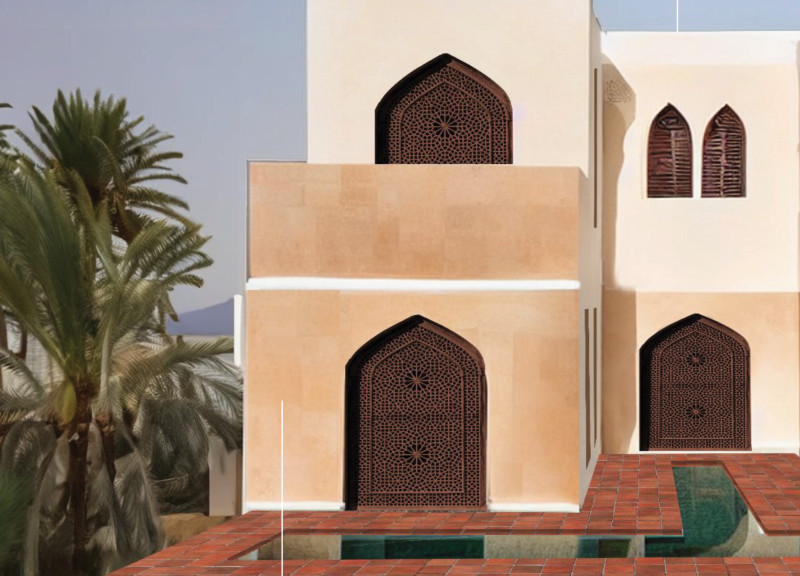5 key facts about this project
In exploring its layout, the architecture establishes a clear and inviting entrance that serves as a transition from the external environment to the internal space. As one moves within the building, a series of interconnected spaces unfolds, each tailored to specific uses, thus promoting an intuitive flow. The design emphasizes a balance between communal areas and private spaces, ensuring that the needs for social interaction and personal retreat are effectively met. Key spaces within the project include [list important spaces, such as living areas, offices, or gathering spots], each characterized by an ergonomic arrangement that encourages usability while maximizing comfort.
The design approach incorporates a range of materials that contribute not only to the visual appeal but also to the structural integrity of the project. The thoughtful selection of materials such as concrete, glass, wood, and metal not only highlights the craftsmanship involved but also speaks to the sustainability principles embedded in the architecture. For instance, large expanses of glass are employed to facilitate natural light penetration, minimizing reliance on artificial lighting and enhancing the overall ambiance of the interiors. Meanwhile, the use of natural wood accents adds warmth and texture, creating a harmonious contrast with more industrial materials like steel and concrete.
A unique aspect of the design is the incorporation of outdoor spaces, which serve as extensions of the interior. These areas are carefully landscaped and equipped to provide occupants with outdoor experiences that foster a connection with nature. The integration of green roofs or vertical gardens not only enhances the aesthetic quality but also contributes positively to local biodiversity and environmental wellbeing. This aspect underscores a prevailing trend in contemporary architecture that prioritizes ecological responsibility alongside functional design.
Moreover, the project utilizes innovative techniques such as passive solar design to improve energy efficiency. By strategically positioning windows and overhangs, the architecture allows for optimal light and heat management throughout the seasons. This approach not only lowers energy costs for users but also reflects a growing commitment to sustainable architecture that resonates with contemporary societal values.
The architectural design also considers the surrounding community, fostering a sense of place and identity. Elements inspired by local traditions and cultural markers have been subtly infused into the architectural narrative, ensuring that the project resonates with its users and reflects the character of the area. This mindful engagement with local culture allows the architecture to stand as a testament to its environment rather than an imposition, promoting a sense of belonging among the occupants.
As you explore the presentation of this architectural project, take the opportunity to delve into architectural plans, sections, and specific design elements. Understanding these components can provide deeper insights into the architectural ideas that shape this thoughtful endeavor. Engaging with the project's design will reveal the care and consideration that went into creating an environment that meets modern needs while acknowledging the past, ensuring a legacy that is both functional and meaningful.


























